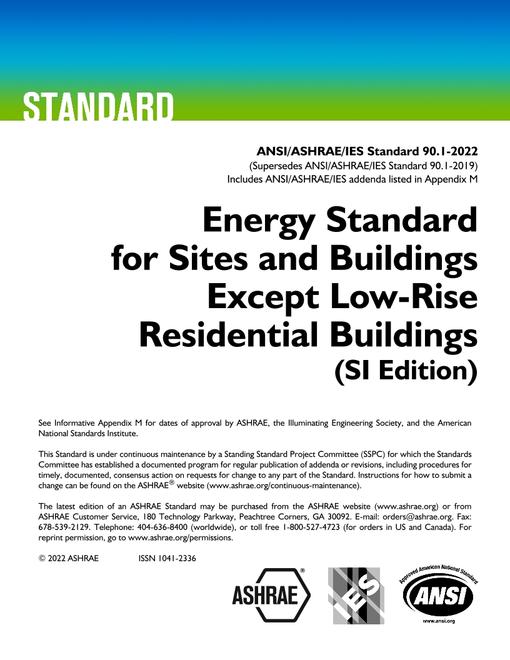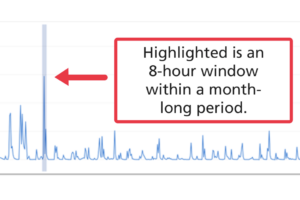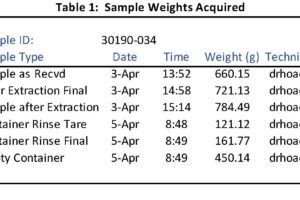
ASHRAE Standard 90.1 is often specified in state and regional building codes for new building construction and is considered the “standard of care” by most Consulting Engineers. It is also specified in contractual documents for those constructing new buildings.
Standard 90.1 calls for verification of equipment efficiencies and one path for compliance is for the installation of HVAC equipment with independently verified ratings efficiency standards.
ASHRAE Standard 90.1 impacts the thermal performance certification of heat rejection equipment:
- ASHRAE 90.1 specifies minimum energy efficiency requirements for heat rejection equipment including open-circuit cooling towers, closed-circuit towers, adiabatic coolers, dry coolers, evaporative condensers, and air cooled condensers. Because a significant number of locales specify ASHRAE 90.1 compliance, many component manufacturers design their components to meet or exceed ASHRAE 90.1 specified minimum efficiencies to sell their products in these locales.
- Many of the minimum efficiencies listed in Standard 90.1 are supported by test codes from the Cooling Technology Institute, such as:
- ATC-105 for open circuit cooling towers
- ATC-105S for closed circuit cooling towers
- ATC-105 Dry for dry coolers
- ATC-105 Adiabatic for adiabatic fluid coolers
- ATC-106 for evaporative condensers

- Most worldwide HVAC heat rejection equipment OEMs certify the published thermal ratings of their equipment through the Cooling Technology Institute’s (CTI) STD 201 thermal certification program or a parallel Eurovent program which has a cooperative agreement with the CTI STD 201 program. These manufacturers typically consist of companies providing factory-assembled (package) equipment with standard ratings. To be compliant with ASRAE 90.1 these components must have their published thermal performance ratings certified under the Cooling Technology Institute’s (CTI) STD 201 program. Current certification programs include open and closed-circuit cooling towers and dry coolers. A certification program for adiabatic fluid coolers is currently under development.
- The STD 201 program certifies the published thermal rating for thousands of different heat rejection equipment models which encompass a large range of building needs. View the CTI Certified list of products.
- As a part of the certification process, the candidate OEM submits dimensional data, mechanical specifications, thermal design data and ratings information to the CTI Thermal Certification Administrator for technical review. After completing an independent analysis of the submitted information, a subset of the towers are thermally tested by an independent CTI licensed Test Agency to verify the accuracy of the rating. The tests are performed on a worldwide basis and for logistical convenience may occur at a field site or the OEM’s manufacturing or R&D center.
- CTI STD 201 is designed to validate the published thermal performance of factory assembled units when the units are installed in an unobstructed area. Custom built units, units with non-standard thermal designs, or units that are installed behind architectural enclosures where airflow is obstructed, are excluded from the STD-201 program. Field Testing of those towers is often required and performed by a CTI Licensed Test Agent under the guidelines of the CTI ATC-105 test code or other component-specific test code.
The widespread adoption of ASHRAE Standard 90.1, coupled with CTI STD 201 in many building codes or contractual specifications, ensures that these building systems and heat rejection components meet rigorous energy performance standards, contributing to overall energy efficiency and sustainability goals. Purchasers of compliant HVAC equipment certified by CTI know that the purchased equipment will work as advertised, significantly reducing the risk of performance deficiencies or unit rework.







